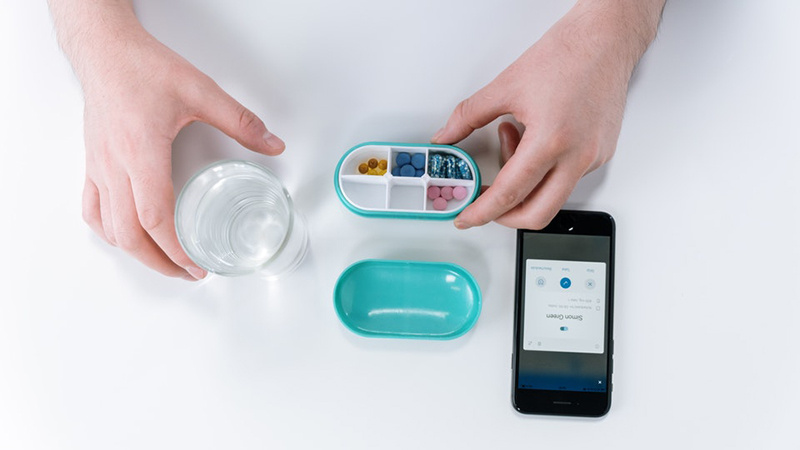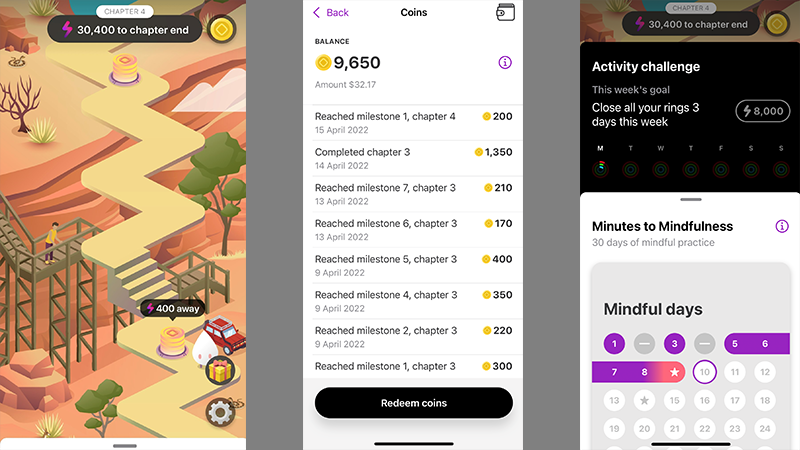Headwinds in Europe and Asia blow cold in Latin America
3 May 2022

As global digitalization takes hold, and the world has been adapting to drive economies amid the pandemic, there has been a general shift in lifestyle habits for individuals.
As global digitalization takes hold, and the world has been adapting to drive economies amid the pandemic, there has been a general shift in lifestyle habits for individuals. Specifically, awareness of digital health and telemedicine has motivated firms to invest further in wearables and applications on smart devices. So far, markets have developed heart rate monitoring, heart rhythm measuring, ECG, and blood pressure monitoring features on highly-accessible smart devices that can empower users with actionable recommendations.
In 2020, Apple and the Singapore Health Promotion Board partnered for the “Lumihealth” program to record calorie exhaustion, steps taken, mindfulness exercises and timestamps to cultivate healthy lifestyle habits. Canalys estimated Apple had an iOS userbase of 3.2 million in Singapore by the end of 2021 – and this partnership allowed a firmer foothold into its wearables market, an angle to penetrate further into the region.
The “Lumihealth” program spans two years from a participant’s first activity. Before this collaboration, Singapore had already actively encouraged its people to get healthier – a similar application called “Healthy 365” was introduced in 2015 to both Android and iOS users. One of its programs is the national step challenge where participants who take at least 10,000 steps a day over 30 days can gain 1,200 health points or SGD$8 worth of vouchers for selected merchants. To encourage participation, the Singapore government has been giving out free basic bands and thereafter basic watches to the public.
Lumihealth is gamified by setting daily targets of different levels to be completed and surveys to be filled concurrently. Rewards for the programs include grocery shopping vouchers worth up to SGD$380 after completing all Chapters. Chapters are different levels of health objectives users need to go through to earn coins that translate into the vouchers.

To date, “Lumihealth” has around 15,000 positive ratings of 4.7 stars out of 5 and over 200,000 downloads serving the estimated 1.5 million Apple Watch users in Singapore (by the end of 2021). Additionally, “Healthy 365” has been installed more than a million times so far but with a lower rating of 3 stars over 53,000 ratings in Android and 3.4 stars over 13,000 ratings in iOS. These incentives are seemingly effective in bringing Singapore’s population on board, especially when the pre-requisites for participation are proportionately high compared to its population – a penetration rate of around 48% among iPhone users. Such collaborations and initiatives can potentially pave the way for other vendors and ultimately encourage further adoption of smart wearables and hearables alongside the essential smartphones through positive word-of-mouth.
Similarly, in Thailand, the government has been collaborating with local businesses and hospitals to push the Khon Kaen Smart Health Project with preventive analytics. It is an effective health sensor platform for residents to furnish doctors with more relevant health information.
Countries facing aging population issues are willing to invest in these programs to ease anticipated healthcare pressures. Also, firms in the industries will be able to penetrate further into older target audiences, which are generally slower when it comes to consumer technological adoption.
Industries will continue diving deeper with AI to extract more value from insights through detecting early symptoms of complicated illnesses – on the premise that earlier detection and interventions of maladies stand a higher chance of cures. This includes skin analysis using smartphone cameras and sleep data from wearables for brain health.
While programs such as Lumihealth have performed well in Singapore, other countries with larger populations may receive mixed results due to a difference in the general acceptance of incentives for data privacy trade-offs with vendors, and different commuting habits (the majority of Singaporeans take public transport, hence walking to specific stations encourages progression within the games), and so on. Singapore can also be considered a more mature market compared to others due to its high wearables-to-population ratio.
Nevertheless, mobile technologies are becoming instrumental and this will continue with the proliferation of IoMT (Internet of Medical Things) as the COVID-19 pandemic fades. The Lumihealth program reportedly took two years to make for both Apple and the Singapore Health Promotion Board before its launch in October 2020. To take adoption to the next level, perhaps certain resource investments from both governments and vendors are worthwhile once the stars – market maturity, incentive reception, social acceptance of data privacy, and commuting habits – are aligned.